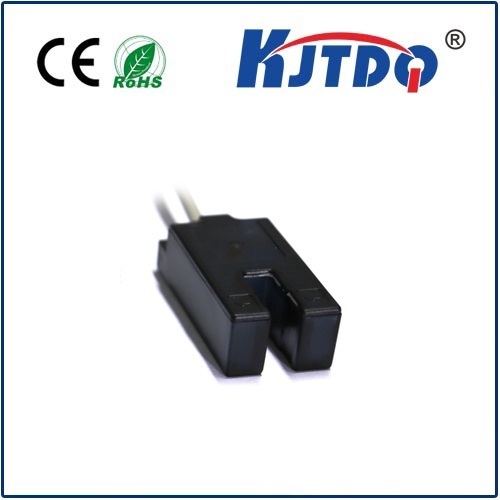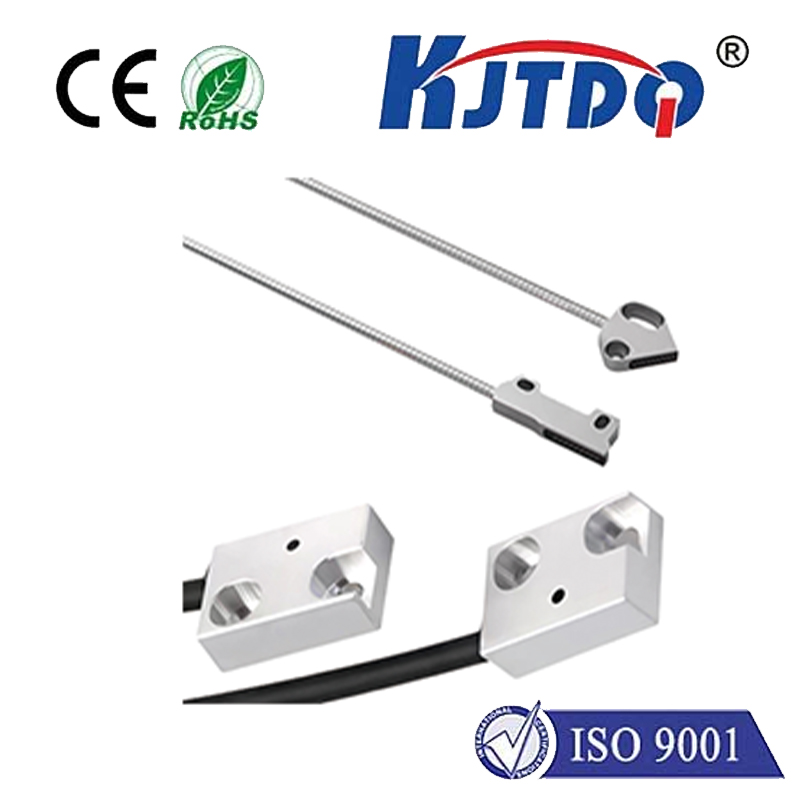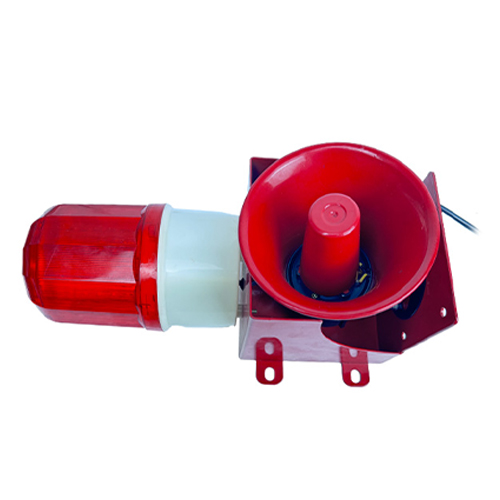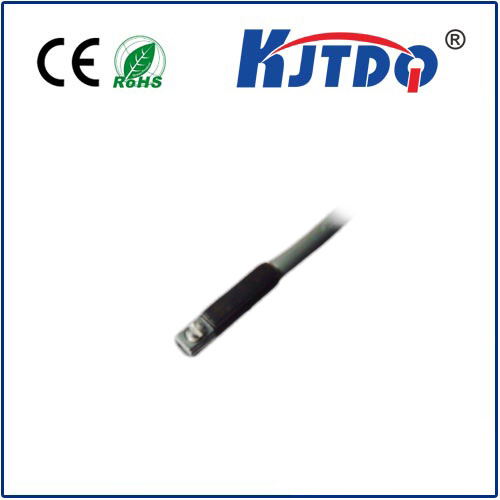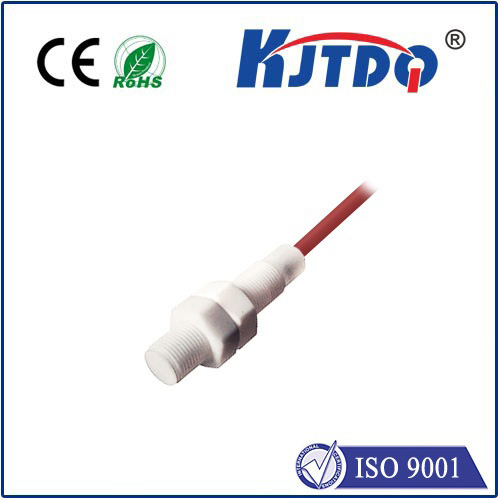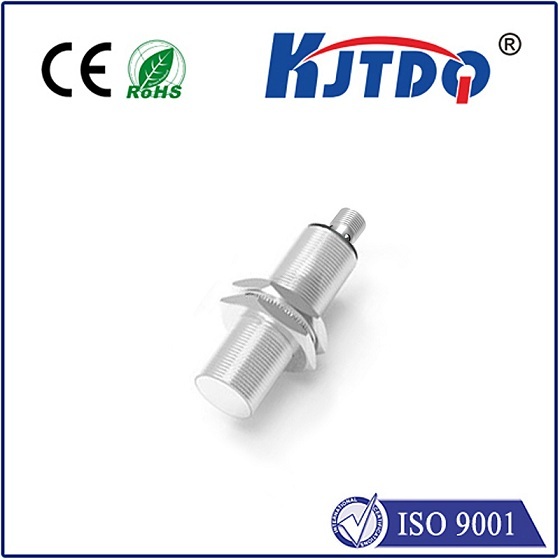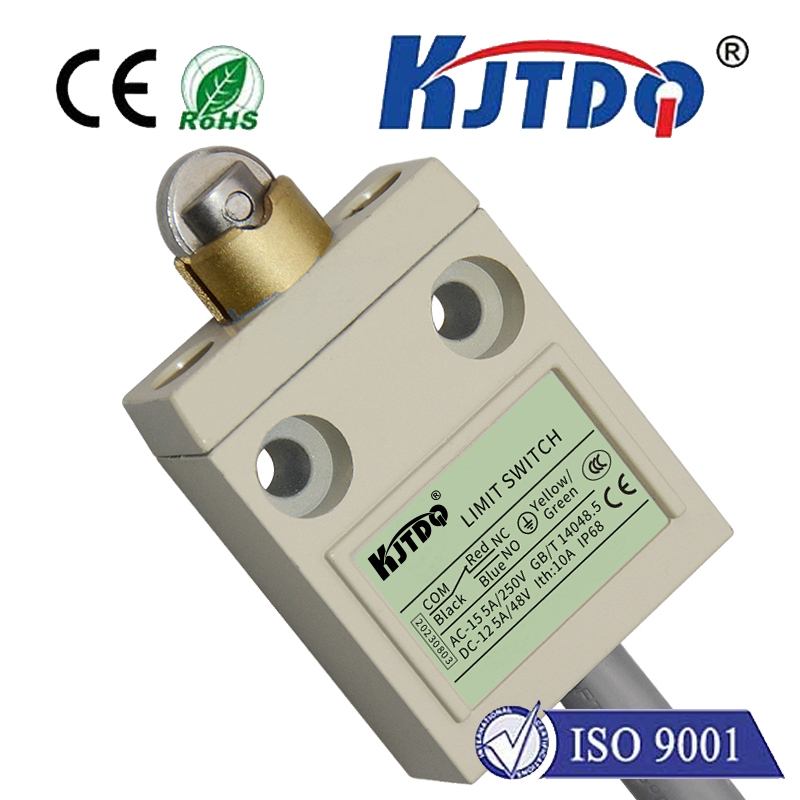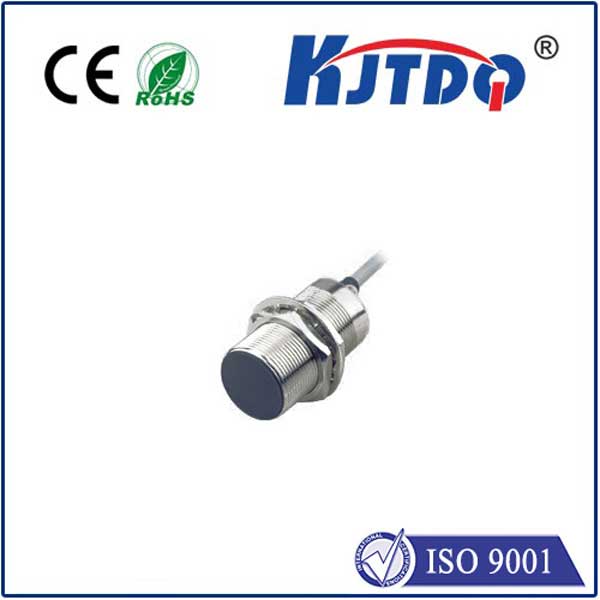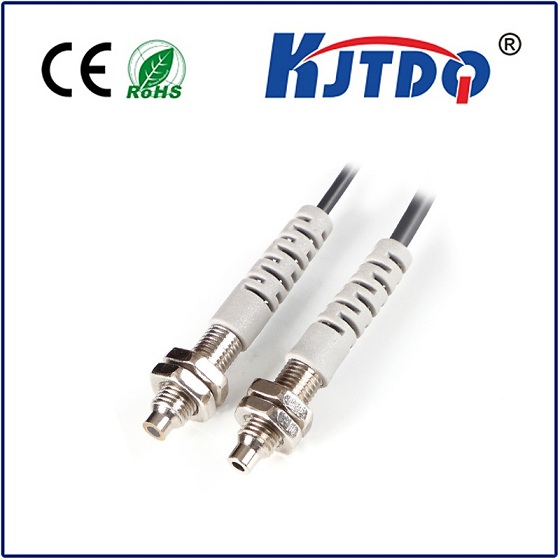laser motion sensor
- time:2025-08-29 02:23:03
- Click:0
Laser Motion Sensors: Unparalleled Precision in Motion Detection
Imagine technology so precise it can sense the slightest flutter of a curtain or track the exact path of an object moving at high speed. No longer solely the domain of science fiction, laser motion sensors have become sophisticated tools bringing remarkable accuracy to the complex task of detecting movement. Forget clunky, imprecise methods; these devices leverage the unique properties of light to deliver performance that fundamentally changes how we monitor, secure, and automate our world. This technology isn’t just about knowing if something moves, but understanding how it moves with incredible detail.
Demystifying the Laser Motion Sensor: Core Principles
At its heart, a laser motion sensor operates by projecting a highly focused, coherent beam of light – a laser – towards a target area. Unlike passive infrared (PIR) sensors that detect changes in heat, laser detectors actively interact with the environment through this emitted light. Motion is detected through one of several primary methods:
- Time-of-Flight (ToF): The sensor measures the precise time it takes for a laser pulse to travel to an object and bounce back. Any change in this time-of-flight indicates movement relative to the sensor. This method excels at measuring distance and subtle movements.
- Doppler Shift: For sensors detecting moving targets (like vehicles or people), the principle relies on the Doppler effect. Movement towards or away from the sensor causes a slight shift in the frequency of the reflected laser beam. Analyzing this frequency shift allows the sensor to determine not just presence, but velocity and direction.
- Beam Break/Interruption: This simpler principle involves a separate laser emitter and receiver. Motion is detected when an object breaks the continuous laser beam path between the two units. This is highly reliable for entry/exit points or fixed detection zones.
Why Choose Laser Over Alternatives? Key Advantages

Laser-based motion detection offers distinct benefits that make it the superior choice for demanding applications:
- Exceptional Precision & Accuracy: Lasers provide an extremely narrow, focused beam. This allows for pinpoint detection within very specific zones, minimizing false alarms triggered by irrelevant movement outside the target area, a common issue with broader-coverage PIR sensors.
- Long Range Capability: Laser beams can travel significant distances with minimal dispersion compared to other light sources or ultrasonic waves. Laser motion sensors are ideal for monitoring large warehouses, open perimeters, or parking lots where extended range is crucial.
- High Sensitivity: Capable of detecting incredibly minute movements – think vibrations, slow creeping motion, or the slightest positional shift. This sensitivity is vital for security and high-precision industrial tasks.
- Measurement Capabilities: Beyond mere presence, many advanced laser detectors can measure speed, distance, direction, and even complex motion patterns. This provides rich data for analysis and automated responses.
- Performance in Challenging Environments: Laser sensors are generally less affected by ambient temperature fluctuations than PIR sensors. Certain types can also perform reliably in environments with variable lighting, smoke, or steam (depending on wavelength and design).
- Reduced False Alarms: The focused beam significantly lowers the chance of unwanted triggers from pets, stray heat sources, or drafts that might affect PIR sensors. This makes them highly reliable for security and critical monitoring.
Where Laser Motion Detection Shines: Diverse Applications
The unique strengths of laser motion sensors make them indispensable across numerous fields:
- High-Security Systems: Perimeter protection of critical infrastructure (power plants, data centers), museum artifact protection (detecting even millimeter-scale approaches), vault security. Intruder alert systems benefit immensely from their long range, accuracy, and reduced false positives.
- Industrial Automation & Manufacturing: Precise object detection on high-speed assembly lines, robotic guidance systems, safety light curtains protecting hazardous machinery zones (using beam break principles), vibration monitoring on critical equipment.
- Traffic Management & Smart Cities: Vehicle speed detection (radar alternative), traffic flow monitoring at intersections, toll booth vehicle presence detection, automated gate control.
- Building Automation: Occupancy sensing in large spaces for optimized HVAC and lighting control, automatic door operation in high-traffic areas requiring reliability.
- Robotics & Drones: Collision avoidance systems, precise navigation, gesture recognition, mapping environments (LiDAR often uses laser scanning principles).
- Research & Development: Motion capture in biomechanics or material testing, vibration analysis, laboratory equipment requiring precise motion control.
Important Considerations When Implementing Laser Sensors
While powerful, laser motion sensing isn’t a universal panacea. Key factors to weigh include:
- Environmental Factors: Heavy fog, thick smoke, or substantial dust can potentially scatter the laser beam, reducing reliability. Direct, intense sunlight hitting the receiver can sometimes interfere.
- Line-of-Sight Requirement: For beam break and most ToF/Doppler applications, the sensor needs an unobstructed view of the detection zone or target path.
- Cost: Generally, laser motion sensors carry a higher initial cost compared to basic PIR or ultrasonic sensors, reflecting their advanced technology and capabilities.
- Safety: Class 1 and Class 2 lasers (common in sensors) are generally eye-safe under normal operating conditions, but proper installation according to manufacturer guidelines is essential to prevent accidental direct exposure.
- Complexity: Configuring some advanced laser detectors for optimal performance, particularly those measuring complex parameters, may require more technical expertise than simpler sensors.
The Future is Clear: Evolving Laser Sensing
The trajectory for laser motion sensor technology points towards even greater sophistication. We are seeing advancements in miniaturization, multi-beam systems that create complex detection grids, enhanced algorithms for smarter data interpretation (like distinguishing humans from vehicles), and integration with AI for predictive analysis and adaptive behavior. The use of less visible wavelengths (like infrared VCSEL lasers common in consumer devices) also increases discretion and reduces potential distractions.
Laser motion sensors represent a quantum leap in motion detection, moving far beyond simple on/off triggers. Their unparalleled precision, long range, and advanced measurement capabilities empower industries and security operations to achieve new levels of efficiency, safety, and insight. As the technology continues to evolve and become more accessible, its role in shaping our automated, secure, and data-driven future becomes increasingly fundamental. When demanding accuracy and reliability are non-negotiable, the focused power of laser detection is often the definitive answer.






